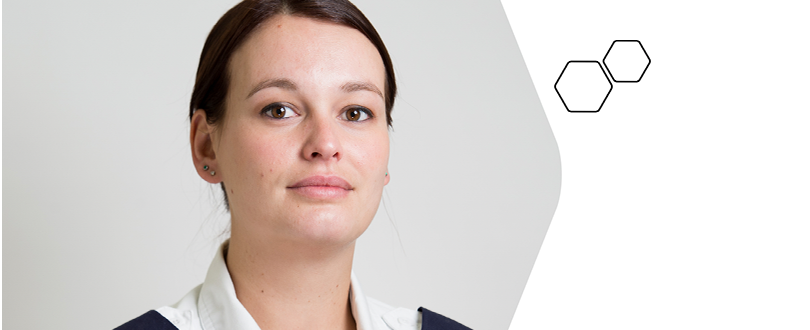Prevention of Aerosolisation When Providing Oxygenation and Ventilation in the Pre-hospital Setting

Kirsten Ann Uhde
Training Manager
Hamad Medical Corporation Ambulance Service
An anecdotal common clinical pattern has emerged in Covid-19 patients, in which there is good lung compliance combined with a severely compromised pulmonary gas exchange, resulting in grave hypoxaemia, however these patients do not present with a corresponding level of respiratory distress. Silent hypoxia is the term given to this phenomenon.
These patients often present calm and relatively haemodynamically stable; however, sudden, rapid respiratory decompensation can occur. In the pre-hospital setting one is limited in the number of tests one can perform on patients, such as obtaining ABG results and therefore it is vitally important to ensure appropriate assessment is performed to determine how critically ill the patient is. Patients will be assessed on their work of breathing, respiratory rate, use of accessory muscles, skin perfusion and the level of supplemental oxygen required to maintain saturation. Ottestad et al stated that, “oxygen therapy should be administered liberally”. Pre-hospitally there is emphasis on early stepping of oxygen from nasal cannula at 2-4L/min to high flow oxygen via a non-rebreather mask at 12-15L/min. The patient will be assessed for the requirement of early CPAP or NIV. The recommended settings are as follows: PEEP of 10cmH₂O increased to 12-15cmH₂O if required and a pressure support of 3cmH₂0 adjusted accordingly. If patients are not tolerating it well, they will be coached, and the settings adjusted as required. Sedation is avoided in these patients as they are likely to have an exaggerated response to the medication. Further deterioration should be anticipated and then managed with administration of IV fluid, vaso-pressors and the patient will be assessed for the need for endotracheal intubation.
As healthcare workers, there is always a concern for the potential transmission of Covid-19 from patients, especially if aerosol-generating interventions such as the above are required to be performed. When managing any known or suspected Covid-19 patient in the pre-hospital setting, standard PPE includes 2 layers of gloves, gown, N95 mask, surgical cap, face shield and boot covers (optional).
To ensure the most effective reduction in aerosolisation when providing CPAP/NIV the mask should be tight-fitting, HME filter inserted against the mask with in-line EtCO₂monitoring and all relief valves closed. When intubating the patient, to ensure “first pass success” and distance from patient, video laryngoscopy should be used. The BVM should not be squeezed until the ETT cuff in inflated and the circuit is closed with an HME filter in place. When managing these patients in cardiac arrest compression only CPR should be performed until an airway is inserted with an HME filter attached, thereafter synchronized CPR should be performed.
The potential aerosolisation can never be completely mitigated, however by appropriately determining the severity of illness and therefore developing the appropriate treatment plan, applying and operating equipment and donning PPE appropriately, one can ensure the highest possible level of safety for staff as well as delivering the most effective care to patients.
References
1. Ottestad W, SØvik S, 2020, Covid-19 Patients with Respiratory Failure: What Can We Learn From Aviation Medicine?, Brithish Journal of Anaesthesia, Oslo, Norway
2. Ottestad W, Seim M, Mhlen J, 2020, Covid-19 with Silent Hypoxemia, The Journal of the Norwegian Medical Association 2020
3. Dr. Castle, N, Howard, I, Ludick, B, Pillay, Y, Howland, I, 2020, Ambulance Service Clinical Practice Guidelines version 1.5-2020, Qatar
4. Arulkumaran N, Brealey D, Howell D, Singer M, Use of Non-invasive Ventilation for Patients with Covid-19: A Cause for Concern?, 2020, The Lancet